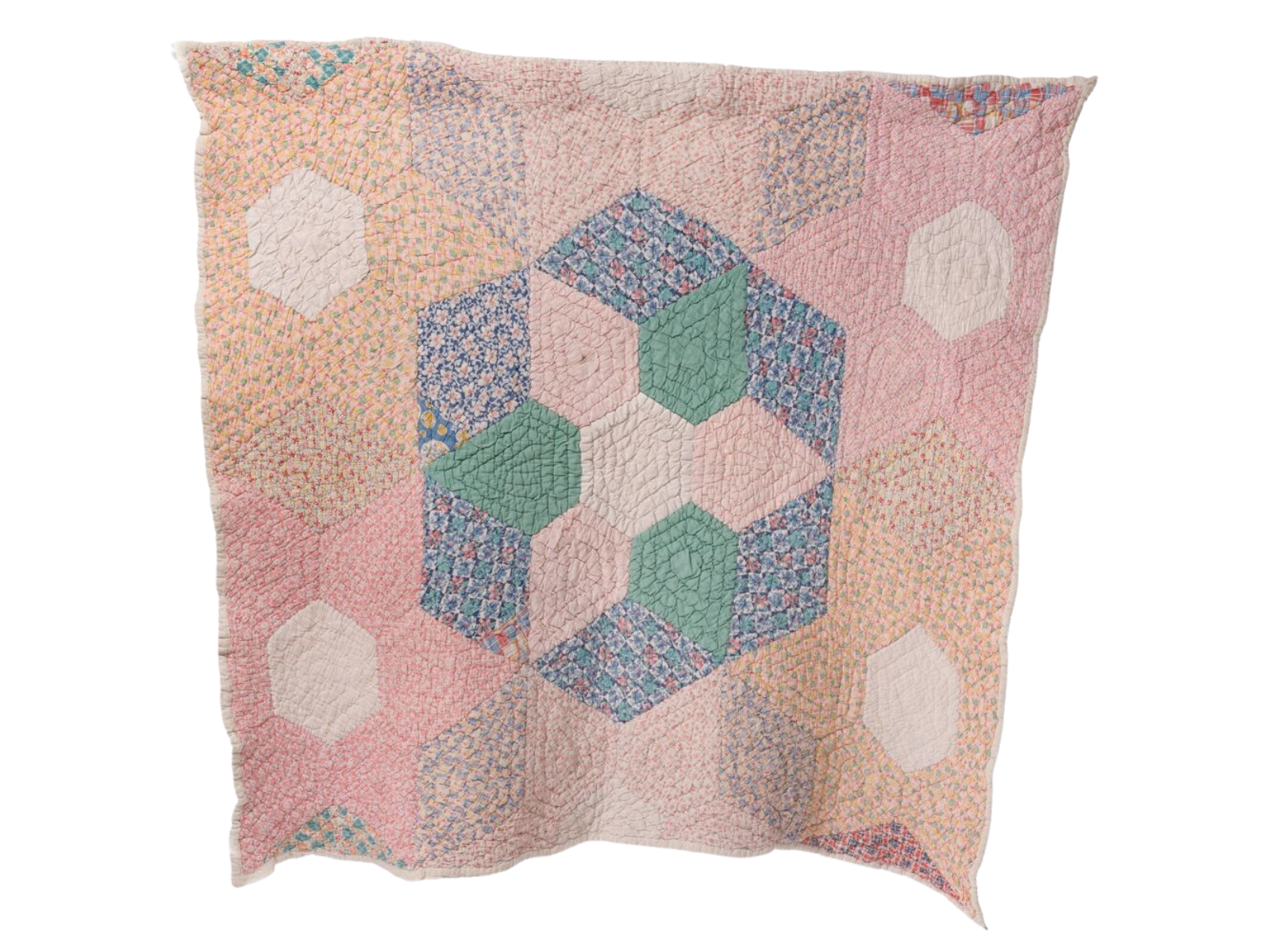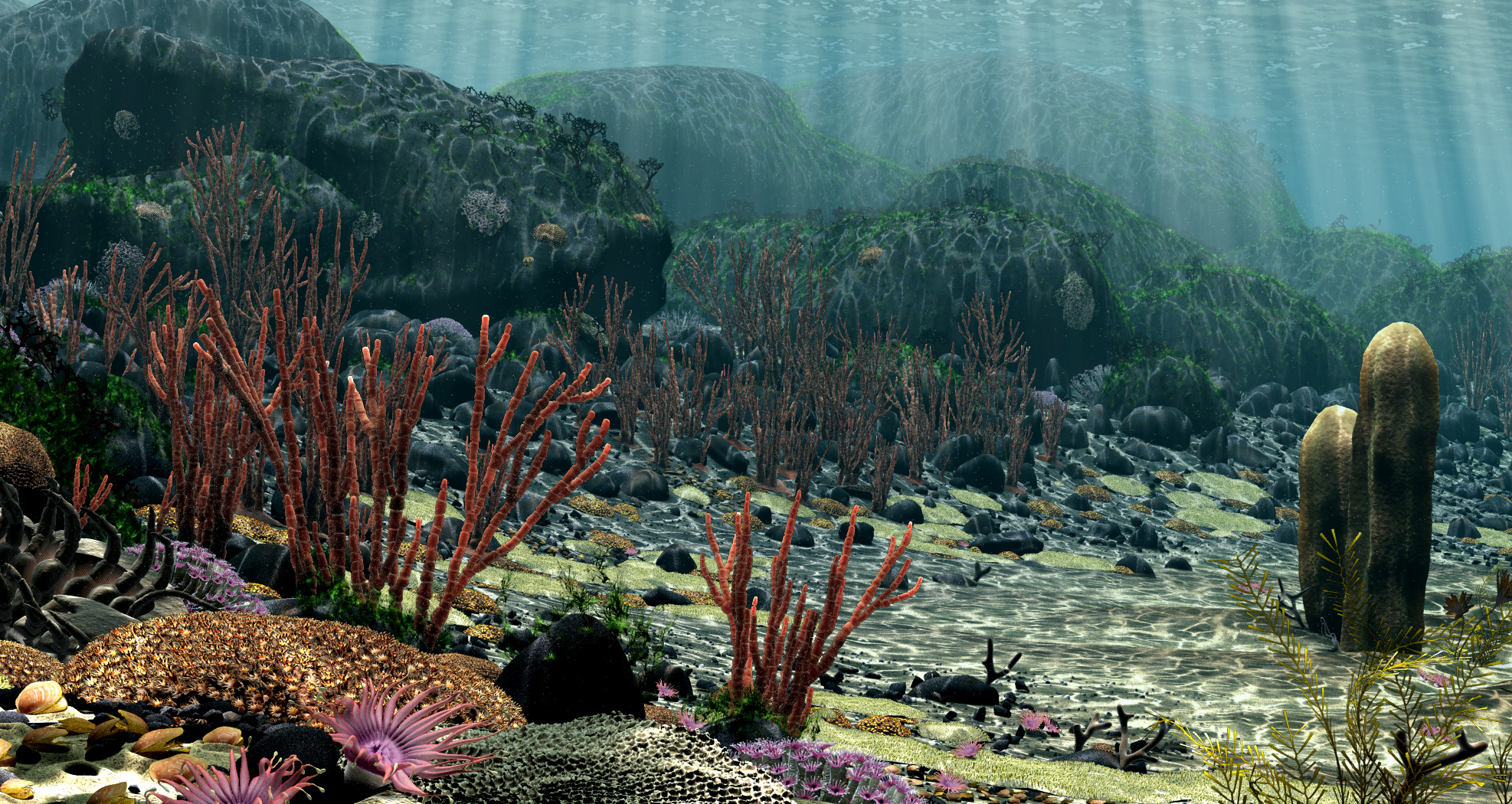Silver tarnishing is unsightly to most, with its darkened appearance and iridescent shine. To a Conservator however, we see this grey layer as a protective barrier to the valuable silver-plate below, but why is that? Silver-plated objects in your home tarnish over time when exposed to sulphur gases. Sulphur can be produced in our homes from many different things, including the paint used on the walls, to the varnish on our furniture, but also from the types of food we eat such as eggs and onions. In order to make these objects sparkle again, many people use silver polish to bring back the shine; however, these creams contain very small abrasive particles. As silver is polished over and over again, the silver-plating wears away slowly and reveals a different metal below, usually copper. To minimize this irreversible damage, it is generally best to leave that beloved silver-plated tea pot tarnished until ready to serve a hot cup!
Learn more in this video with Museum Conservator Carolyn!




